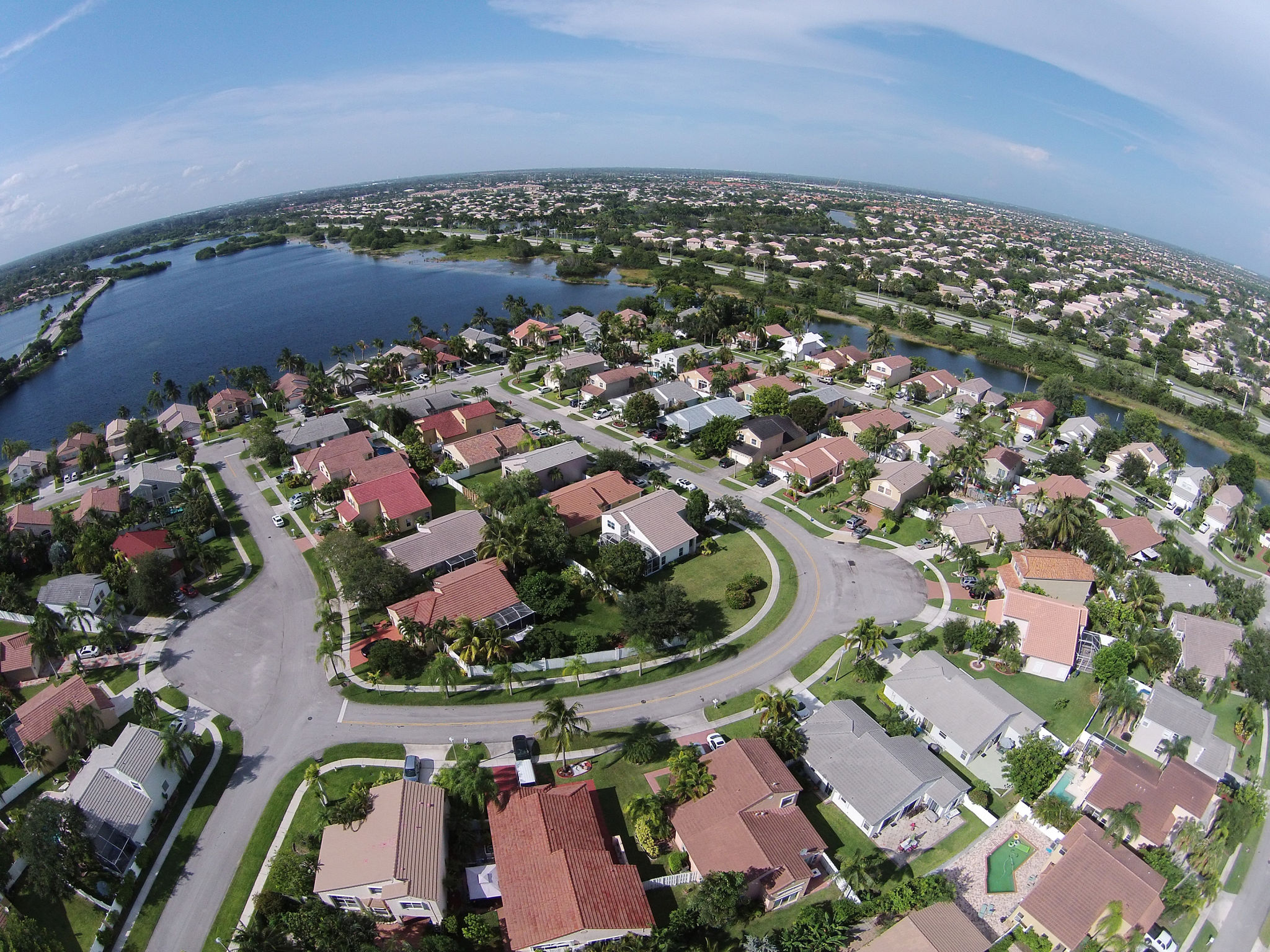Seasonal Trends in Miami Real Estate: Timing Your Investments for Success
Understanding Seasonal Trends in Miami Real Estate
Miami's real estate market is unique due to its vibrant lifestyle, beautiful beaches, and warm climate. However, like any market, it experiences fluctuations throughout the year. Understanding these seasonal trends can help investors make informed decisions and maximize their returns.

One of the key factors influencing Miami's real estate market is its appeal as a tourist destination. The influx of tourists during peak seasons can drive up demand for short-term rentals, impacting property prices and rental rates. Conversely, off-peak seasons may offer more opportunities for buyers looking for better deals.
Peak Season: Winter Months
The winter months, particularly from December to February, are considered the peak season for Miami real estate. During this time, snowbirds from the northern states and international tourists flock to Miami to escape the cold weather. This increased demand often leads to higher property prices and rental rates.
Investors looking to capitalize on the peak season should consider purchasing properties before the winter months to take advantage of the higher rental income potential. Additionally, properties in popular tourist areas such as South Beach and Downtown Miami tend to see the most significant price increases.

Off-Peak Season: Summer Months
The summer months, from June to August, are typically considered the off-peak season for Miami real estate. During this time, the weather can be hot and humid, and the influx of tourists decreases. As a result, property prices and rental rates may be lower, presenting opportunities for savvy investors.
Investors who are willing to navigate the slower market can find excellent deals during the summer months. This period is also ideal for making property improvements or renovations, as contractors may have more availability and lower rates.
Spring and Fall: Transitional Periods
The spring (March to May) and fall (September to November) months serve as transitional periods in the Miami real estate market. During these times, the market experiences moderate activity, with fewer tourists than in the winter but more than in the summer. Property prices and rental rates are generally stable, making these periods suitable for both buying and selling.

For investors, the spring and fall months offer a balanced market with less competition than the peak season but more activity than the off-peak season. This can be an excellent time to purchase properties at fair prices and prepare them for the upcoming peak season.
Tips for Timing Your Investments
To make the most of Miami's seasonal trends, consider the following tips:
- Research the market: Stay informed about current market conditions and trends to make data-driven decisions.
- Plan ahead: If you aim to capitalize on the peak season, purchase properties well in advance to allow time for any necessary preparations.
- Be flexible: Take advantage of opportunities during the off-peak season, such as lower property prices and contractor availability.
- Monitor local events: Major events like Art Basel and the Miami International Boat Show can impact demand and rental rates.
By understanding and leveraging the seasonal trends in Miami real estate, investors can strategically time their investments for maximum success. Whether you are looking to buy, sell, or rent properties, being aware of these patterns will help you make the most informed and profitable decisions.
